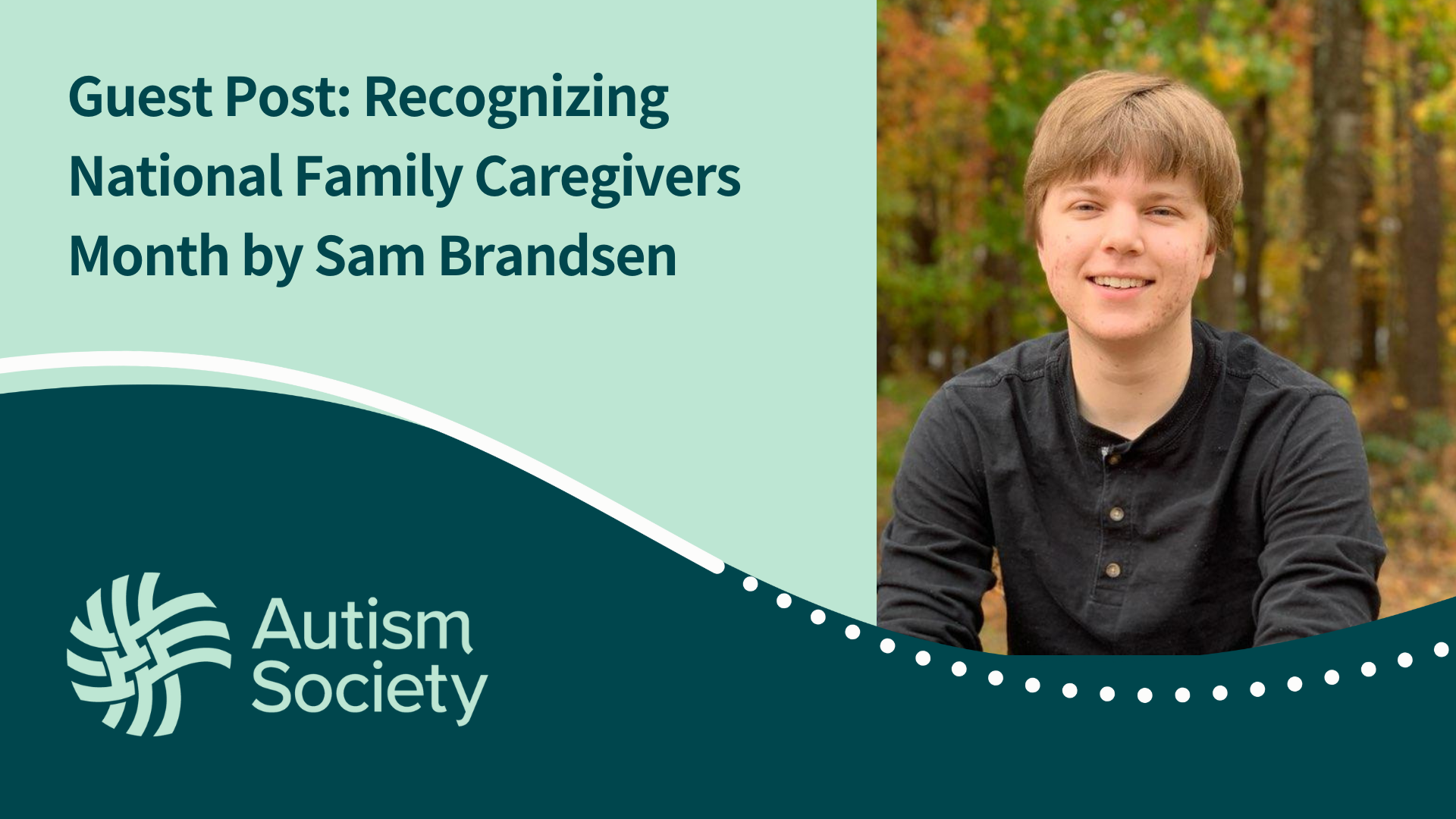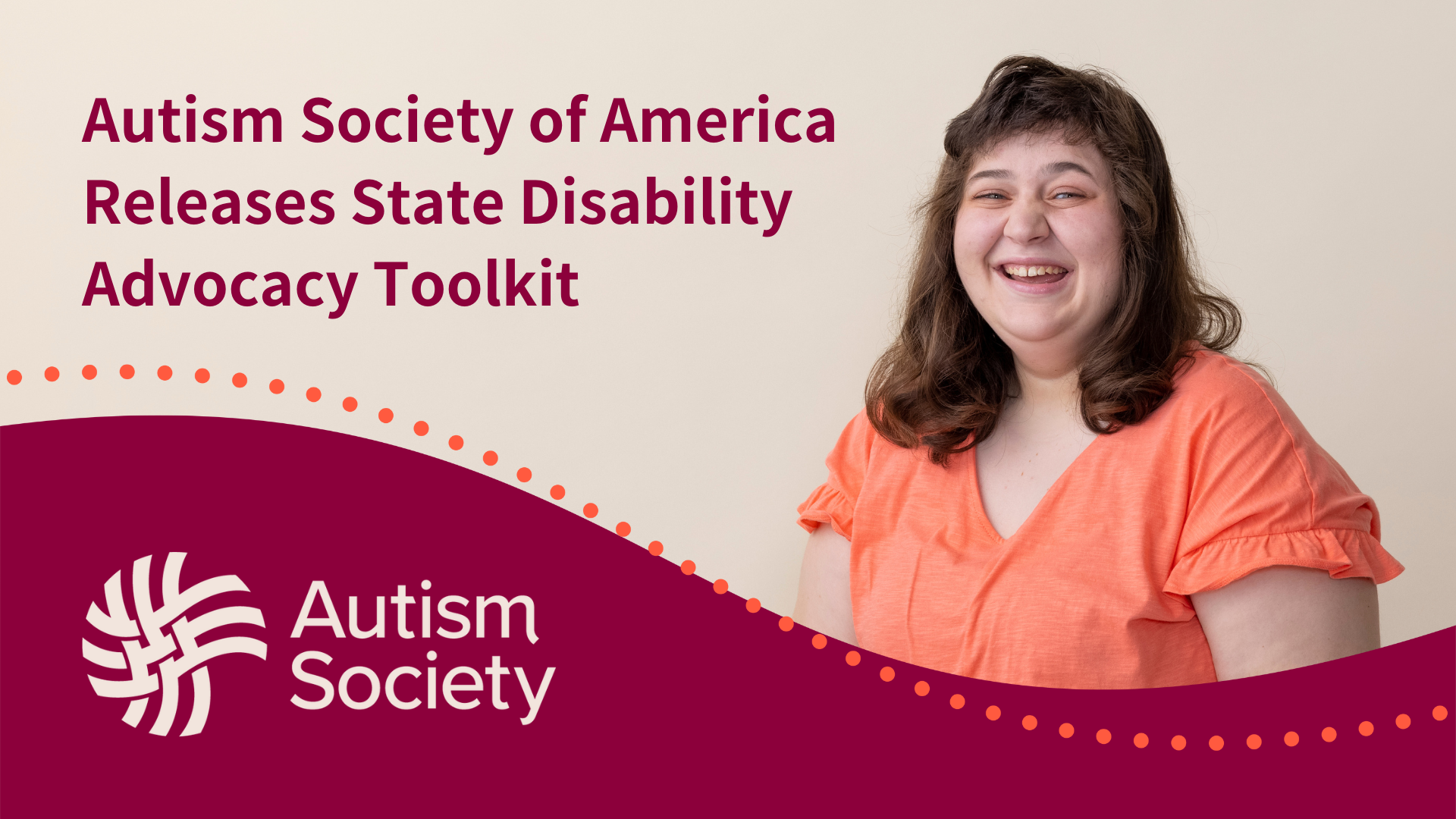
In the following blog post, our featured author Sam Brandsen, a member of the Autism Society of America’s Council of Autistic Advisors, uses identity-first language.
Autism and the experiences of being Autistic are myriad and unique; Given the variety of individual experiences and preferences, we always recommend asking an individual how they prefer to describe their identity. The Autism Society honors and recognizes that both identifiers are valid for individuals; our practice is to start written materials with person-first language and use identity-first language as a secondary reference after the opening use.
I am an Autistic parent to a wonderful, Autistic 4-year-old.
The first couple of years of his life were very challenging for two main reasons. The first reason was that he seemed almost constantly uncomfortable due to chronic sleep problems and other medical issues.
The second reason was an overwhelming feeling of isolation and sadness. I worried about how other people would treat him, and whether he would be bullied by others for his differences. I wanted to protect him from any stigma or unfairness in society, but in many instances felt helpless to make things better for him. When he was an infant, visits from loved ones would often quickly turn into comments or questions about why he seemed so different from other babies. While we had some wonderful part-time babysitters, we also had many experienced babysitters quickly become frustrated or overwhelmed, describing him as “too sensitive” or “too fussy”. I briefly attempted to enroll him part-time in daycare when he was around 12 months old, but one of the teachers soon began to make repeated disparaging comments towards him and he seemed to be developing intense anxiety regarding daycare quickly. As a result, I ended up being a stay-at-home parent and worked on finishing my Ph.D. when he slept.
Clinical appointments could also be difficult at times. The clinicians working with him were extremely kind, yet it often felt like there was something missing. For example, I didn’t understand the suggestions to change our perfectly enjoyable play routines to incorporate more eye contact or facial expressions. To use a silly analogy, it felt a little bit like suggesting that a neurotypical family adjust their play routine to incorporate more hand-flapping or rocking.
I very clearly remember the day that I began to read The Mind Tree by Tito Mukhopadhyay, a nonspeaking Autistic person who writes independently. It was the first material I had read from an Autistic person with higher support needs, and it eloquently described (among other things) the gap between Tito’s vibrant internal world and intentions, and how his behavior was perceived by others. Perspectives from Autistic people, especially those with higher support needs, had been the piece I was missing.
For the most part, life is joyful now. I wake up almost every morning to my child saying the exact same phrase: “It’s good to see you, Sam! Take a drive and see the precious spiderweb?” His special interest at the moment is spiderwebs, and it seems like he begins thinking about them (and how he can persuade me to drive him to the forest to search for spiderwebs!) from the moment he wakes up. So we go to the forest and I follow him around as he effusively compliments every spiderweb he sees. Maybe there is some underlying academic function to this– perhaps he will eventually do research related to insects or spiderwebs. But maybe not, maybe the only function is that he enjoys it and it seems to help him thrive, and that is also worthwhile.
Stimming can also be a valuable form of communication. I know which movements mean that he is happy, what means that he is overstimulated, what means that he is relaxed and content, and so on.
There has also been happiness in “thinking outside the box”. For example, he sometimes likes to push an empty playground swing or put leaves onto the swing and push them. I used to wonder when he was going to actually play with the swing before realizing that he was playing with the swing! I was the one with an overly rigid expectation in assuming that the only way to play with a swing is for the child to sit on it and be swung back and forth.
Of course, for any child, there will be necessary lessons on personal space and kindness to others. In my child’s case, there are also some concerns about things such as road safety or co-occurring conditions such as sleep concerns. But to me, these challenges are just all the more reason to advocate for more research and initiatives focused on quality of life.
We’ve been very lucky to be able to find and create a community where he can be appreciated as he is. I turned some of the frustration at the lack of community into a motivation to create resources; I started a neurodiversity-affirming playgroup for families as well as a disability justice summer camp and other community events. I actually ended up switching research fields entirely from quantum information theory to Autism research, due to an intense desire to learn more about what supports will enhance the quality of life for Autistic children and adults. We were also able to connect with other neurodiversity-affirming groups in the area and simply find spaces where he can be himself and be appreciated for that.
Read Sam’s bio here.
Please note that all opinions expressed in this post are a reflection of the author’s personal experiences or preferences and do not reflect the opinions of the Autism Society of America.
Share:



